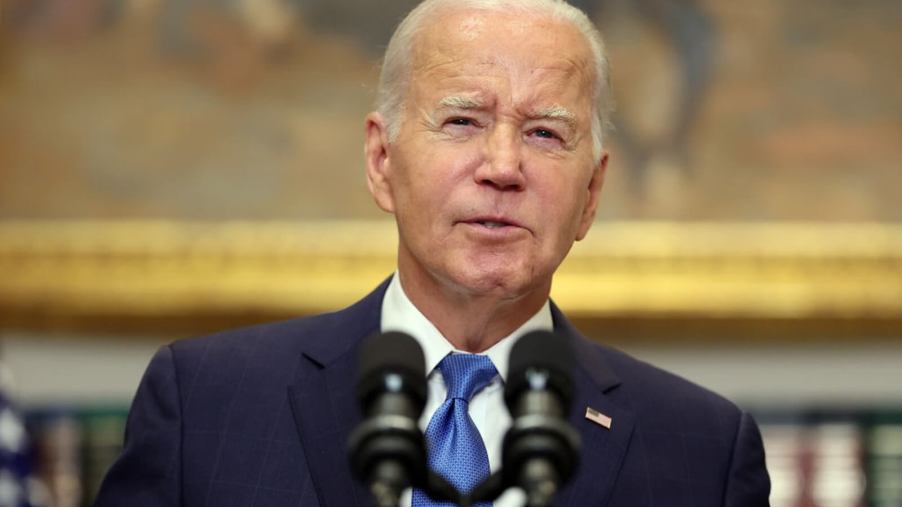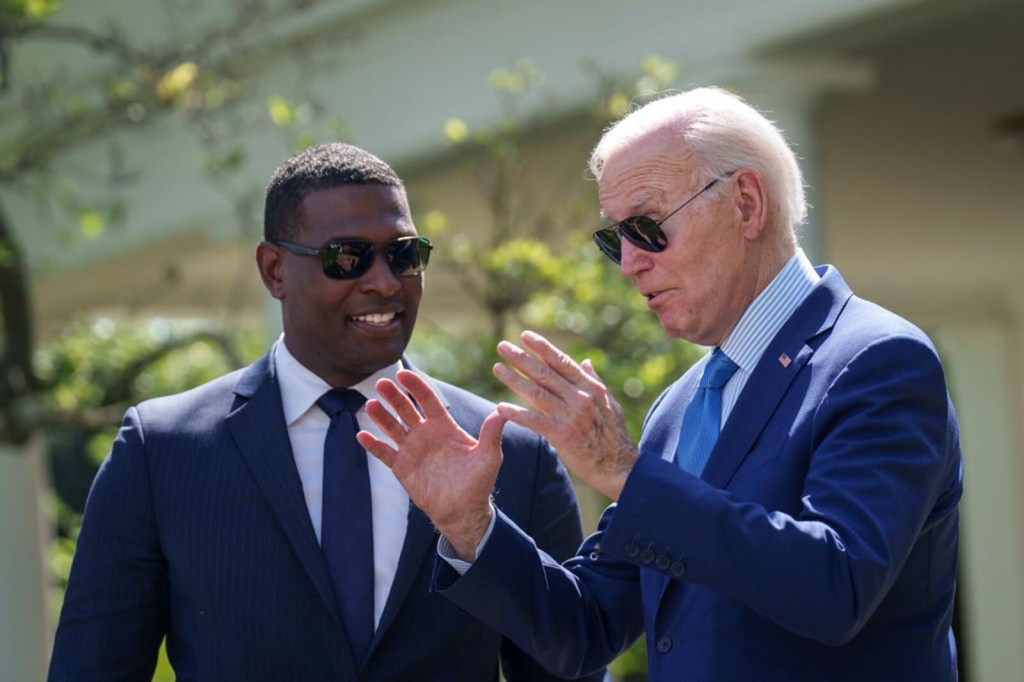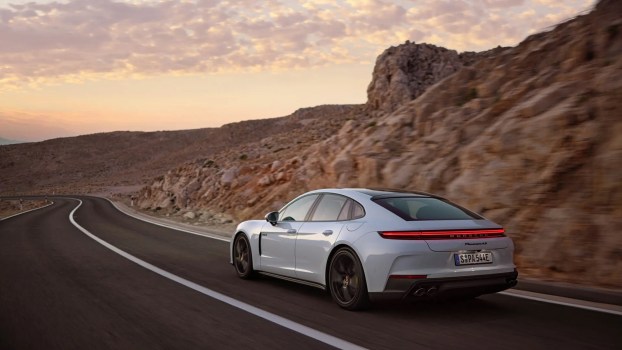
President Biden and the EPA Didn’t Ban Gas Cars; They Opened the Door for Hybrids
In the latest regulations dictating allowable emissions for automakers, President Biden and the EPA established some of the most stringent standards ever. However, the president and the EPA aren’t banning gas cars. Instead, the updated standards open the door for an increased role of hybrids in the coming years.
President Joe Biden and the EPA are instituting the “strongest vehicle pollution technology standard ever finalized in United States history”
Let’s get one thing straightened out so misinformation doesn’t feed anyone’s silly narrative. President Biden and the Environmental Protection Agency (EPA) didn’t ban gas cars. No. Instead, the new regulations establish a new standard of decreased CO2 emissions for automakers between 2027 and 2032.
EPA Administrator Michael S. Regan says the new regulations are the “strongest vehicle pollution technology standard ever finalized in United States history,” per MotorTrend. Still, even with the strong language, consumers will be able to buy ICE vehicles moving forward. That said, the new regulations squeeze OEMs to change their lineups to meet the standard.

However, the measure isn’t a moratorium on all internal combustion engine (ICE) vehicles. Instead, the regulations target the average CO2 emissions of an automaker’s vehicles. Specifically, the EPA wants to see brands like Ford and Chevrolet drop their total fleet emissions below 170 grams of CO2 per mile by 2027. Moreover, the regulations demand that OEMs cut fleet emissions even further to 85 grams per mile by 2032.
While the measures don’t expressly mandate the end of ICE vehicles, the emissions targets force automakers to adjust their lineups to meet the goals. Frankly, there’s no way to reduce tailpipe emissions with the current volume of gas-powered cars. Enter hybrids. Automakers will likely ramp up the role of plug-in hybrid vehicles (PHEVs) in the coming years to meet green goals and offer consumers a middle ground between battery electric vehicles (BEVs) and ICE cars.





